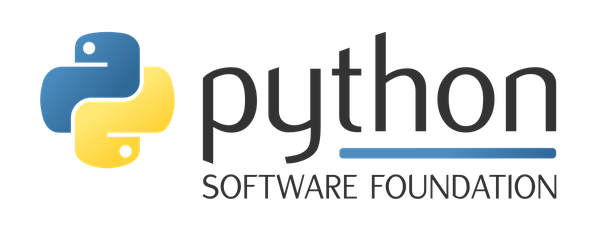The New York Times: Sustainable Systems, Powered by Python
By
Sharon Tartarone,
Michael Laing
For our users, we provide resilient, highly available systems that quickly resume processing when faced with unexpected errors and crashes. For our developers, we build flexible, maintainable systems that can be enhanced and tested with ease and in parallel. We’ll review how and why we’ve leveraged Python-based open-source tools and methods to enable this and do a deep dive into the technology.
Saturday 5 p.m.–5:30 p.m.
Delivering modern and reliable photo tools to an ever-evolving newsroom depends on building sustainable systems for both end-users and developers.
For our end-users, we provide resilient, highly available systems that can quickly resume processing when faced with unexpected errors and crashes. For our developers, we build flexible, maintainable systems that can be enhanced and tested with ease and in parallel.
Our systems are built upon Python-based open-source tools and methodologies which have enabled us to implement fail-fast error handling, module packaging, command-line tooling with click, plugin-based features with pluggy, productive development with black, code quality and type checks with mypy and flake8, and automatic doc generation using sphinx.
We’ll review how and why we’ve leveraged these tools and do a deep dive into the technology using a publicly available set of example github repositories that attendees can reference.
Sharon Tartarone
Sharon Tartarone is a Software Engineer on the Photo Team at The New York Times, and has worked to modernize the back-end systems that power photos ingestion. Prior to this, Sharon was an Application Developer for the Penn Institute of Biomedical Informatics where she worked on developing full-stack systems that make machine learning and biomedical datasets available to researchers. She received her Bachelor’s degree in Computer Science from Temple University in 2015.
Michael Laing
Michael Laing is a Lead Software Engineer on the Photo Team at The New York Times.
He previously worked for the United Nations in New York and Geneva as Coordinator of the IT Board and Chair of the IT Standards Committee.
He also served as a Principal Consultant in the Technology Evaluation Group of Harvard University.
Michael has an MBA from the Harvard Business School and received a Bachelor of Engineering degree from the United States Military Academy.




